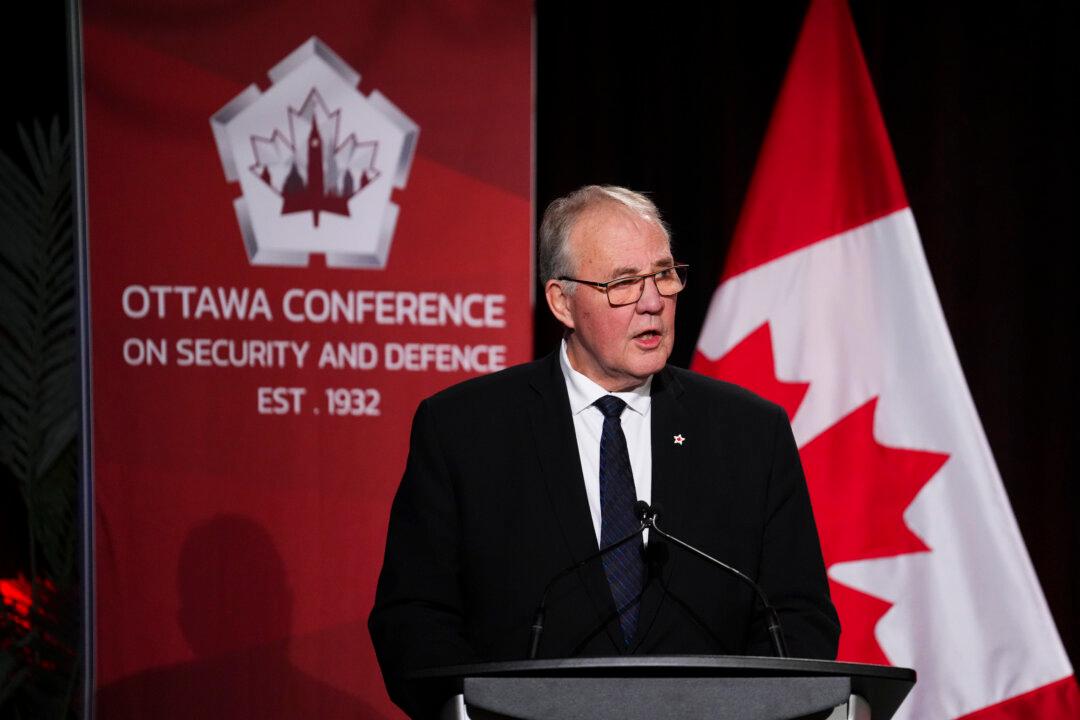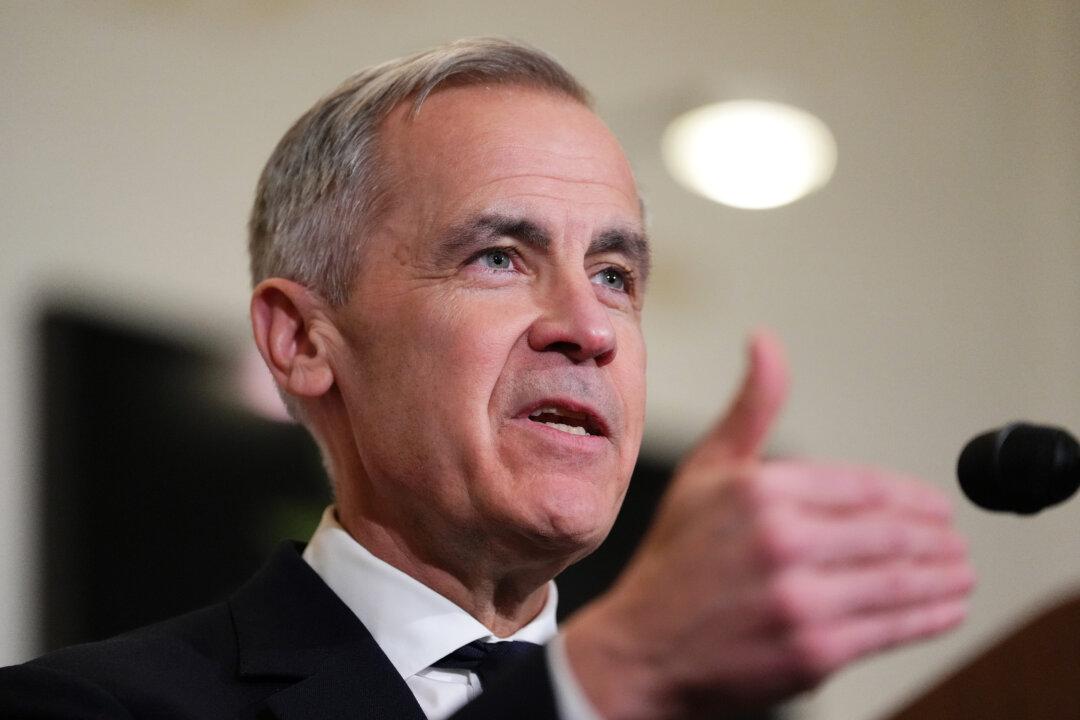Canada needs to “honour” its commitment to NATO and increase military spending, the House of Commons national defence committee says.
The call comes after Defence Minister Bill Blair and the government have sent mixed messages in recent weeks about meeting the 2 percent of GDP spending target established by the military alliance.Along with calling on Ottawa to meet the 2 percent target, the committee also said the government should “increase defence funding to match planned defence priorities articulated in Canada’s defence policies.”
Canada was also ranked second-last after Belgium for equipment expenditure as a share of defence spending. Canada’s ratio was 18.6 percent, failing to meet NATO’s 20 percent guideline. By comparison, top country Poland is at 51.1 percent and the UK is at 36.1 percent.
The defence committee, chaired by veteran Liberal MP John McKay, presented its findings after conducting nine meetings during which 36 stakeholders and experts testified.
The committee’s report concluded the procurement process is facing a number of challenges, such as “bureaucratic hurdles, growing complexity, risk aversion within the public service, personnel shortages, the politicization of defence procurement, a lack of transparency and accountability, and delays and cost overruns with key defence procurement projects.”
The report, titled “A Time for Change: Reforming Defence Procurement in Canada,” noted previous efforts at reforming defence procurement in 2010 and 2014, but says both fell short.
Canada is facing rapid technological changes and new threats which require the Canadian Armed Forces (CAF) to rely on an “an effective and reliable defence procurement system – supported by a strong domestic defence industrial base,” the committee said.
The committee also recommended moving away from the current model for procurement of major platforms like ships and aircraft by adopting a “continuous replacement model.” This would prepare the delivery of new items before the life expectancy of equipment currently in use runs out.
Canadian defence procurement has been notoriously slow and plagued by controversies in recent years, including around shipyards and fighter jet procurement.
The committee also calls for implementing a Defence Industrial Strategy to shore up domestic production.
New Defence Strategy
The committee report was released two months after the Liberal government unveiled its updated defence strategy.It pledged $73 billion in investments over the next 20 years, with a focus on bolstering capabilities in the Arctic.
“Don’t get me wrong, it’s important, but it was really hard [to] convince people that that was a worthy goal, that that was some noble standard that we had to meet,” he said.
The tone of Mr. Blair’s defence spending comments changed when he visited NATO headquarters in Brussels earlier this month. He said acquiring additional capabilities required by NATO would bring “us inevitably to over 2 percent of defence spending.”
“But I’ve got some work to do in order to be able to articulate that both to my own country and to our allies,” he told reporters on June 14.
When NATO Secretary-General Jens Stoltenberg visited Ottawa on June 19, Mr. Blair said the spending target would be reached.
“There are challenges in defence. First of all, the 2 percent commitment is a challenge for Canada to reach. We’re going to reach it,” he said during a media scrum.
Mr. Blair’s office and DND would not confirm to The Epoch Times whether the target of 2 percent has been set, nor under which timelines it could be reached.







